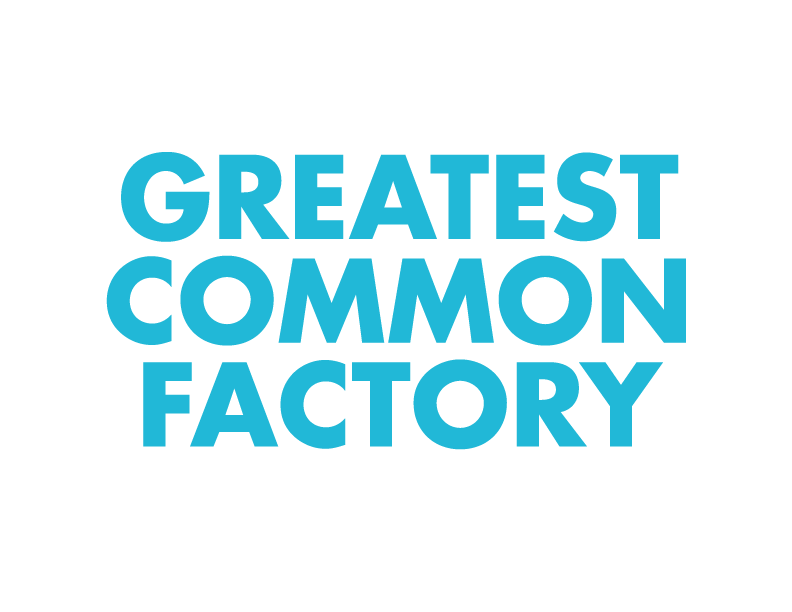5 Tips For In-House Agency Success
With its plan to build an in-house agency with a focus on design creativity, Polestar joins a growing list of advertisers that want to respond more efficiently to market changes with quick-turn content and programmatic media. In-house agencies offer the promise of greater control over assignments and a way around the inherent tensions of agency-client relationships.
Conceptually, in-house has great advantages. Under the same roof, business goals and brand messaging should be better aligned. An internal agency should have a deeper understanding of its brand’s difference and be able to translate that into product and service recommendations. When an internal agency is linked to all the facets of commerce, it’s in a position to identify market niches and opportunities, product extensions and distribution enhancements based on what the brand audience does and thinks.
In practice, though, in-house often brings with it the symptoms of the disease it is intended to cure. Large organizations tend to create departments around their own KPIs and incentives, then focus each on delivering quantifiable, quarterly performance reports. While this promotes incremental performance marketing, it can compromise innovation critical to meaningful growth for the overall brand.
Instead of just bringing an agency in-house, brands need to build a better one. Here are five ways to get started:
Appoint a brand champion
When you bring creative in-house, you lose a partner that can push the brand to be its best self without fear of internal repercussions. Somebody inside has to own the brand, someone who strategically and fearlessly seeks possibilities for the brand and co-opts non-marketing resources—so R&D and the innovations team, for instance, work in concert with the in-house agency.
Develop strategy before tactics
Most in-house agencies work from a media plan and seasonal/promotional timelines—an annual treadmill to work that is tactical and transactional. To counter that, get deep into the brand’s opportunities. Design the plan around it rather than simply scheduling ads to a calendar with AI.
Define value beyond profit
Start with what the company values—what you need the brand and products to be. What value propositions can the brand own beyond the parity of the vertical? How can the brand’s relevance be authentically scaled? How can the products and services provided better validate and prove out the brand’s promises?
Create multidimensional, intersecting teams
Leave room for people to work outside their lanes. When they define and express all they’re good at, they can attain maximal contribution and fulfillment. For example, creative and social media specialists need to cross into each other’s lanes to bring full dimension to the work. Their efforts make more of a difference to the brand; they don’t waste time convincing each other what’s right and no one carries a “not my problem” attitude. Problems shared by most people get solved, and well-considered problems often solve themselves.
Measure what matters most
When internal agency KPIs are over-weighted toward conversion, the agency will lean too heavily on search and social media. The advertising will produce numbers that look good in the monthly meeting, but it won’t create brand fans or satisfy the people within the agency—so forget about attracting and keeping top talent. You don’t create powerful ads by obsessing over click-through, so shift the focus to the appropriateness of where ads run and the quality of connections they make (i.e., what they make people feel). It’s instructive that Airbnb just posted its most profitable quarter to date after the company prioritized brand advertising over search marketing for three years.
Before you bring the work in-house, rethink the point of agencies through the lens of the business you’re trying to build. Address the issues your brand has with external agencies, so you’re not recreating them closer to home. Then you can design an agency that unifies resources to move the brand and business forward together.
This GCF-authored editorial originally appeared in Ad Age.
